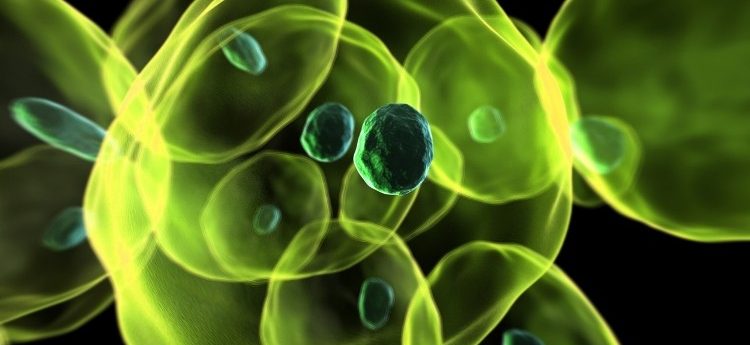New, searchable, integrated and standardized iPSC database created

Researchers from Kyoto University (Kyoto, Japan) have produced a website integrating four major induced pluripotent stem cell databases for accurate and accessible data exchange in the field of regenerative medicine.
Recently, there has been a major increase in data published regarding induced pluripotent stem cells (iPSCs). To promote accurate and accessible data exchange between institutions, scientists at Kyoto University (Kyoto, Japan) have produced a database that integrates standardized information on an incredibly vast range of iPSCs. The website was first introduced at the 18th Congress of the Japanese Society for Regenerative Medicine in Kobe (March 21-23, 2019) and is currently available in English, with a Japanese version expected to be available to the general public in 2020.
Advances in iPSC research have prompted the creation of many iPSC databases from institutions around the world. However, effective data exchange and reproducibility between these laboratories is sometimes inadequate due to the lack of standardized experimental formats. Therefore, there is a need for this multitude of databases to be standardized and integrated to promote accurate and accessible data exchange.
The first hurdle in this challenge was creating a standardized system to describe cellular information across multiple databases — as occasionally different terms are used to describe the same information. In 2016, Wataru Fujibuchi, professor at the Center for iPS Cell Research and Application, Kyoto University, and fellow researchers proposed a standardized method to describe cellular assay information — termed ‘Minimum Information About a Cellular Assay for Regenerative Medicine (MIACARM) — which was agreed on by representatives from Japan, the EU, the UK and the US.
Fujibichi has now produced the ‘Integrated Collection of Stem Cell Bank data by MIACARM’. This website combines thousands of data entries from four leading iPSC databases (eagle-i, Human Pluripotent Stem Cell Registry (hPSCreg), Riken BioResource Research Center (Riken BRC), Stemcell Knowledge and Information Portal (SKiP)).
Initially, the four combined databases provided information on the same cells, leading to replication of redundant data. Therefore, any repetitions were removed and the data set was reduced from 15,000 to 11,247 entries.
On the new website, users can enter a simple key word to obtain vital information on a wide range of iPSCs. The search can be incredibly specific — for example information on the gender, race and condition (healthy or diseased) of the cells can be filtered out and obtained. Notably, information can be found about cells from donors with rare diseases. The website is currently available to researchers and has the potential to promote data exchange as well as facilitate practical regenerative medicine.
Sources: http://icscb.stemcellinformatics.org/; https://www.cira.kyoto-u.ac.jp/e/pressrelease/news/190320-180000.html